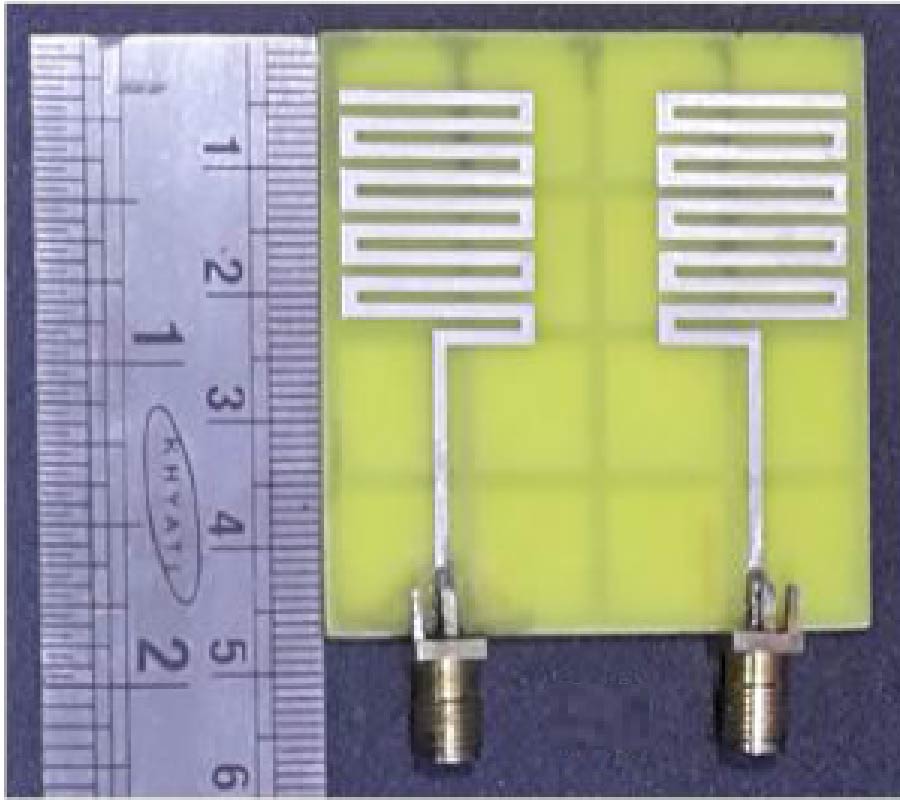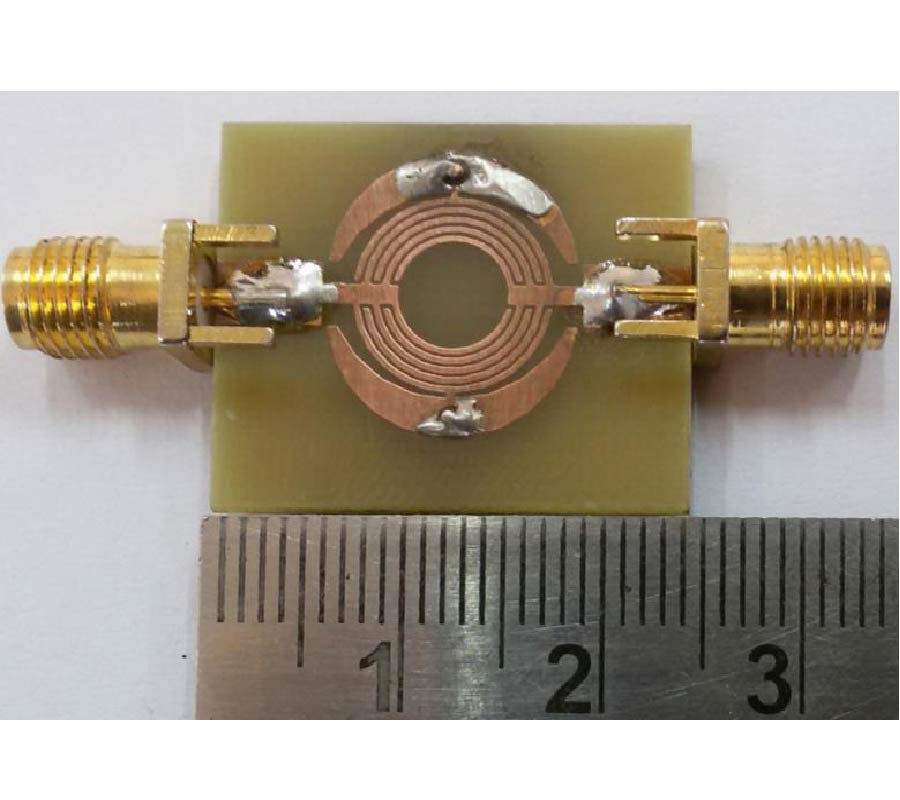A Broadband Planar Quasi-Yagi Antenna with a Modified Bow-Tie Driverfor Multi-Band 3G/4G Applications
Tinghui Zhao,
Yang Xiong,
Xian Yu,
Haihua Chen,
Ming He,
Lu Ji,
Xu Zhang,
Xinjie Zhao,
Hongwei Yue and
Fangjing Hu
This paper presents a broadband and compact planar quasi-Yagi antenna for multi-band 3G/4G applications.The proposed quasi-Yagi antenna consists of a modified bow-tie driver to increase the bandwidth, a passive reflector and two passive directors to enhance the directivity at the lower and higher ends of the operating band, respectively. A microstrip-to-slotline transition feed is used to achieve a good impedance matching. It is confirmed by experiment that general approaches for increasing the bandwidth of bow-tie antennas are also feasible for quasi-Yagi antennas with bow-tie drivers. Furthermore, with the modified bow-tie structure, the directivity of the antenna at higher frequencies of the operating band is enhanced, because the bow-tie shape can form planar horn structures and has strong current distributions at high frequencies. The proposed antenna is fabricated using an FR4 substrate with a dielectric constant of 4.2, and the overall dimension of the antenna is 1.24λgc×0.94λgc. Measurements show that the 10 dB return loss bandwidth is 80.4%, operating from 1.45 to 3.4 GHz. Measured gains are greater than 4 dBi within the entire bandwidth, and the front-to-back ratios are greater than 10 dB. Having a multi-band coverage within the 3G/4G spectra,this antenna is expected to be used for 3G/4G mobile wireless communications.



















